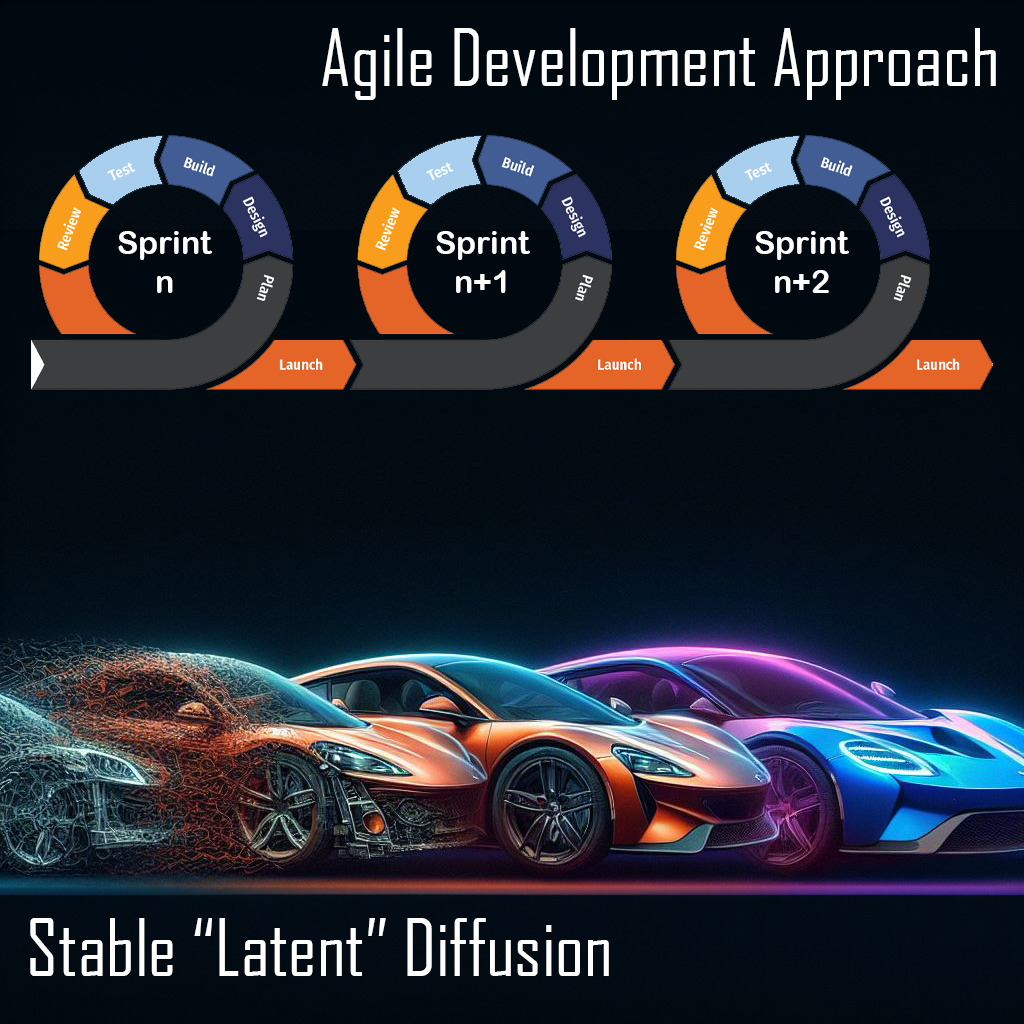My favorite term regarding project estimation has to be SWAG… Some Wild Ass Guess 🙂 but estimating effort does NOT have to be!
Estimating effort for tasks in Jira can be approached in various ways, depending on the nature of the task and the team’s preferred methodology. Here are a few common methods used for estimating effort in Jira:
- Story Points: This is a relative estimation technique commonly used in Agile methodologies. Instead of estimating time directly, the team assigns story points to tasks based on complexity, effort, and risk. Story points represent the effort required, and these points are used to compare the relative size of tasks. Fibonacci sequence (1, 2, 3, 5, 8, 13…) or t-shirt sizes (XS, S, M, L, XL) are often used for story points.
- Time-Based Estimation: Some teams prefer estimating effort in terms of time units (hours, days). They break down tasks into smaller sub-tasks and estimate the time required for each sub-task. For example, a task might be estimated as “4 hours” or “2 days” based on the team’s judgment.
- Planning Poker: It’s a technique used in Agile to achieve consensus on the estimation of tasks. Team members assign story points individually to a task and then discuss the differences in their estimates. Through discussion and clarification, the team converges on a consensus estimate.
- Comparative Estimation: Tasks are estimated by comparing them to previously completed tasks of similar complexity. This method is effective when there’s a repository of historical data that can be used as a reference for estimating new tasks.
- Bucket Estimation: In this approach, tasks are categorized into different buckets based on their size or complexity. For instance, tasks might be grouped as small, medium, or large, without assigning specific time estimates.
- Expert Judgment: Sometimes, the most effective way to estimate is by relying on the expertise of team members who have experience with similar tasks or projects. Their judgment and past experiences can help in making accurate estimates.
It’s essential to note that estimating effort accurately can be challenging, and there might be inherent uncertainties in software development tasks. Regularly reviewing and refining estimates based on actual progress and feedback is crucial for improving estimation accuracy over time.
In Jira, you can use custom fields or Agile boards to capture and track these estimates. The platform also allows teams to record and compare estimated vs. actual effort, providing valuable insights for future estimations. Experiment with different estimation techniques to find the one that best suits your team’s workflow and yields the most accurate results.



